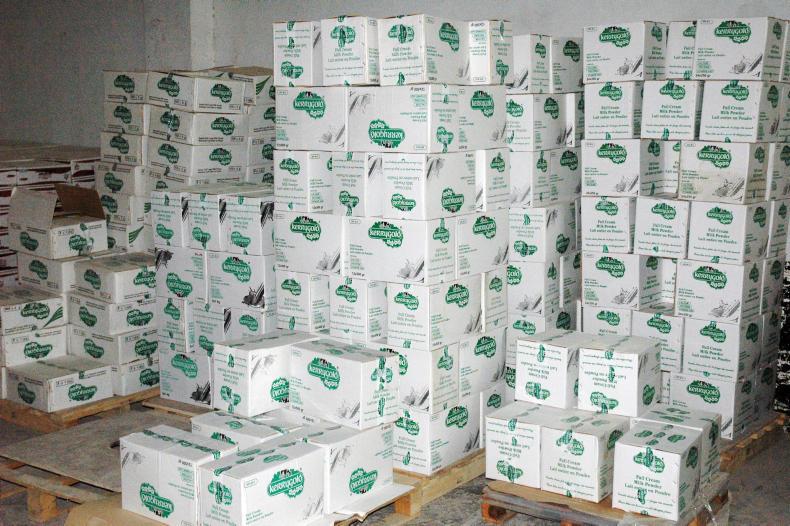The Japanese Ministry of Agriculture, Forestry and Fisheries (MAFF) has recently announced its intention to import an extra 21,000t of non-fat dry milk (NFDM) before March 2018.
This is on top of the 13,000t of NFDM expected to be imported in 2017, according to a US Department of Agriculture (USDA) Foreign Agricultural Service report.
Hot, humid temperatures and a series of typhoons in August and September 2016 have significantly affected production in the Hokkaido region, which produces more than half of all liquid milk and nearly 90% of the manufacturing milk in Japan.
Road building
The reconstruction of roads and bridges, as well as significant damage to pastures, forages and silage crops, has continued to affect production.
Production in other areas outside of Hokkaido has also been affected.
Just as production dropped, there was a recent increase in the national consumption of milk throughout Japan. That, coupled with sufficient butter stocks, contributed to the MAFF decision to increase powder imports.
The report stated that the MAFF’s ability to import up to 34,000t of NFDM this fiscal year should alleviate the Japanese dairy product industry’s concern regarding a possible NFDM shortage.
Read more
EU-US trade deal still on hold
Full coverage: Japan
Who will conquer the high-priced Japanese market?
The Japanese Ministry of Agriculture, Forestry and Fisheries (MAFF) has recently announced its intention to import an extra 21,000t of non-fat dry milk (NFDM) before March 2018.
This is on top of the 13,000t of NFDM expected to be imported in 2017, according to a US Department of Agriculture (USDA) Foreign Agricultural Service report.
Hot, humid temperatures and a series of typhoons in August and September 2016 have significantly affected production in the Hokkaido region, which produces more than half of all liquid milk and nearly 90% of the manufacturing milk in Japan.
Road building
The reconstruction of roads and bridges, as well as significant damage to pastures, forages and silage crops, has continued to affect production.
Production in other areas outside of Hokkaido has also been affected.
Just as production dropped, there was a recent increase in the national consumption of milk throughout Japan. That, coupled with sufficient butter stocks, contributed to the MAFF decision to increase powder imports.
The report stated that the MAFF’s ability to import up to 34,000t of NFDM this fiscal year should alleviate the Japanese dairy product industry’s concern regarding a possible NFDM shortage.
Read more
EU-US trade deal still on hold
Full coverage: Japan
Who will conquer the high-priced Japanese market?







 This is a subscriber-only article
This is a subscriber-only article










SHARING OPTIONS: